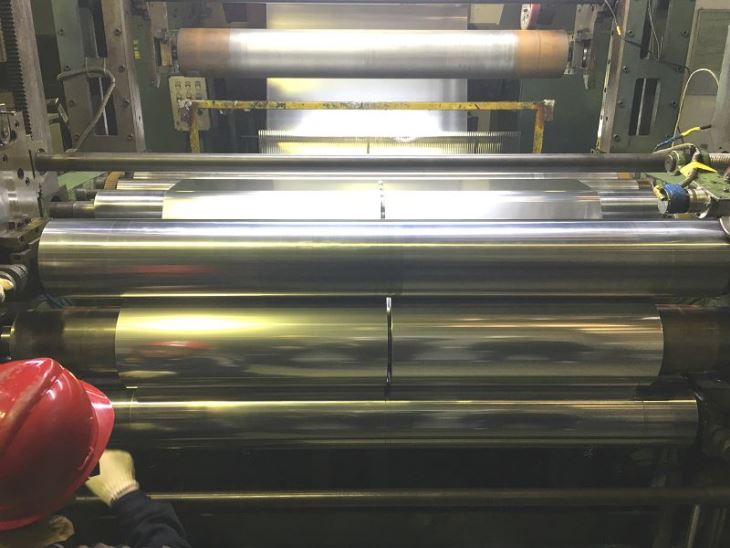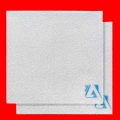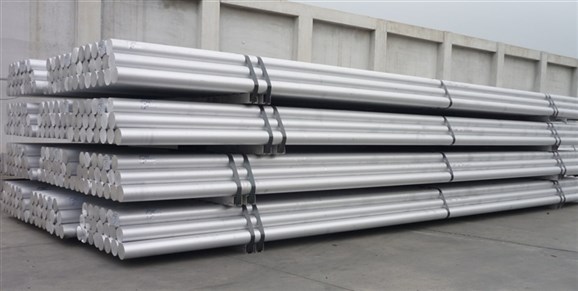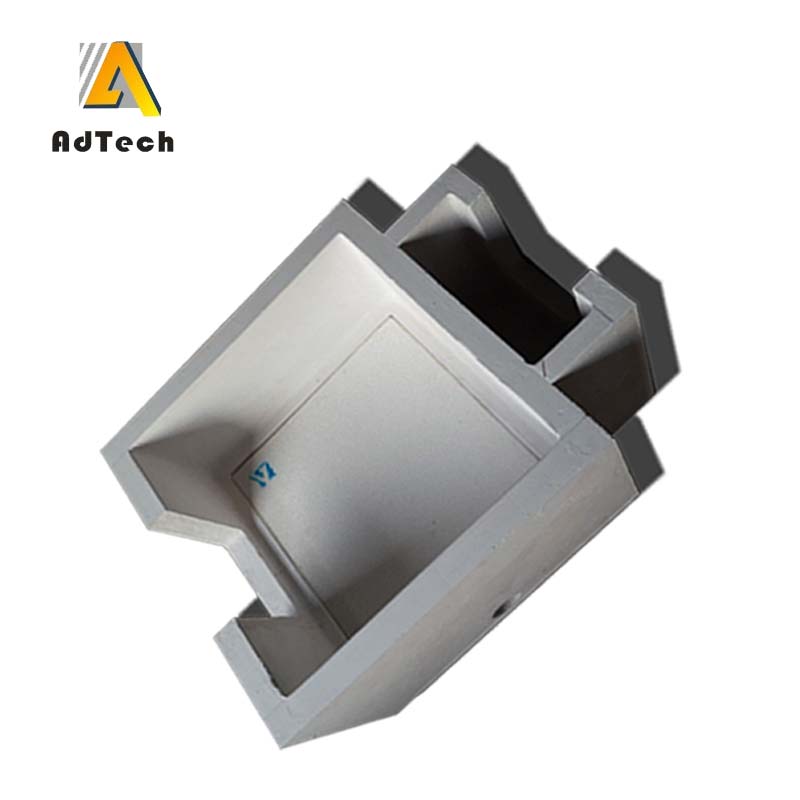
01 2月 Aluminium Foil
Aluminium Foil manufacturing process generally goes through nine steps: casting, homogenization, performance cutting, hot rolling, cold rolling, foil rolling, then washing and winding, annealing, and finally foil cutting. This is just a general process. A method of making hot coils from molten metal at one time using a continuous casting method without hot rolling. Today, the editor will take you to take a look at the process of foreigners making aluminum foil.
A hot stamping material that is directly calendered into a thin sheet with metal aluminum. Its hot stamping effect is similar to that of pure silver foil, so it is also called fake silver foil. Because aluminum has a soft texture, good ductility, and silver-white luster, if the rolled sheet is mounted on offset paper with sodium silicate and other materials to make aluminum foil, it can also be printed. However, the aluminum foil itself is easy to oxidize and the color becomes dark, and the color will fade when rubbed or touched, so it is not suitable for hot stamping of the covers of books and periodicals that are stored for a long time.
Because of its excellent characteristics, Aluminium Foil is widely used in food, beverages, cigarettes, medicines, photographic plates, household daily necessities, etc.
Usually used as packaging materials; materials for electrolytic capacitors; insulation materials for buildings, vehicles, ships, houses, etc.
It can also be used as decoration trademarks for decorative gold and silver threads, wallpapers, various stationery printed matter and light industrial products.
Among the above-mentioned various uses, the most effective use of aluminum foil is as a packaging material.
Aluminum foil is a soft metal film, which not only has the advantages of moisture proof, air tightness, shading, abrasion resistance, fragrance retention, non-toxic and tasteless, etc., but also because of its elegant silver-white luster, it is easy to process beautiful patterns and various colors. Patterns are more likely to be favored by people.
Especially after the aluminum foil is compounded with plastic and paper, the shielding properties of the aluminum foil are integrated with the strength of the paper and the heat-sealability of the plastic, which further improves the shielding performance of moisture, air, ultraviolet rays and bacteria necessary as a packaging material. , Which greatly broadens the application market of aluminum foil.
Since the packaged items are fully isolated from outside light, humidity, air, etc., the package is well protected.
Especially for the packaging of retort food, the use of this composite aluminum foil material can ensure that the food does not deteriorate for at least one year. Moreover, heating and unpacking are very convenient, which is very popular among consumers.

Aluminum foil can be divided into thick foil, single zero foil and double zero foil according to the difference in thickness.
1. Heavy gauge foil: foil with thickness of 0.1~0.2mm.
2. Medium gauge foil: foil with a thickness of 0.01mm and less than 0.1mm/.
3. Light gauge foil: The so-called double zero foil is a foil with two zeros after the decimal point when its thickness is measured in mm. It is usually an aluminum foil with a thickness of less than 0.01, that is, an aluminum foil with a thickness of 0.005~0.009mm.
In some countries, the aluminum foil with a thickness of ≤40ltm is sometimes called “light gauge foil”, and the aluminum foil with a thickness of >40btm is collectively called “heavy gauge foil”.
Aluminum foil can be divided into roll aluminum foil and sheet aluminum foil according to its shape. Most of the aluminum foil deep-processed wool is supplied in rolls, and only a few handicraft packaging occasions use sheet aluminum foil.
According to the state, aluminum foil can be divided into hard foil, semi-rigid foil and soft foil.
1. Hard foil
The aluminum foil that has not been softened (annealed) after rolling has residues on the surface without degreasing treatment. Therefore, the hard foil must be degreased before printing, laminating and coating, and it can be used directly if it is used for forming.
2. Semi-rigid foil
Aluminum foil whose hardness (or strength) is between hard foil and soft foil is usually used for forming.
3. Soft foil
The aluminum foil, which is fully annealed and softened after rolling, is soft and has no residual oil on the surface. Most application areas, such as packaging, composites, electrical materials, etc., use soft foils.






No Comments